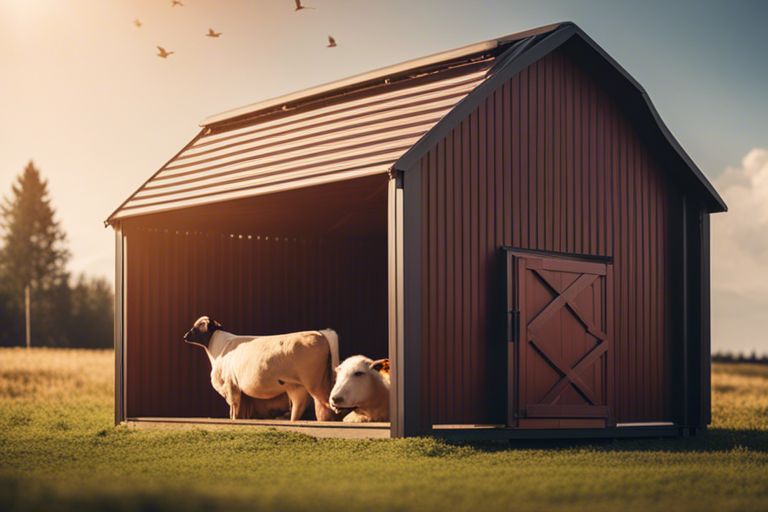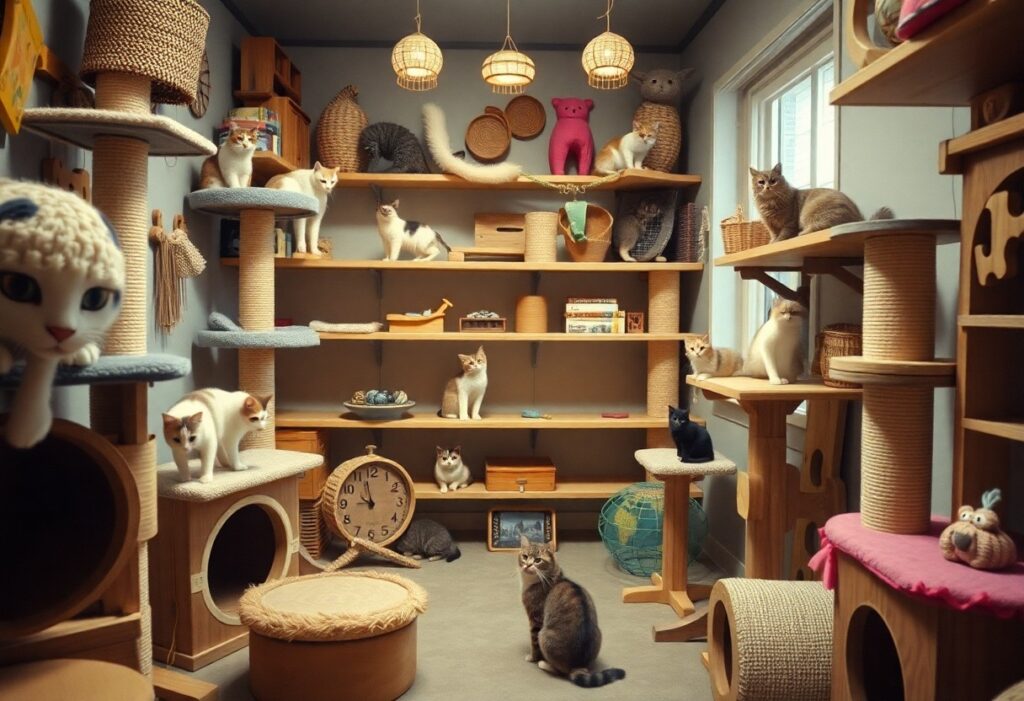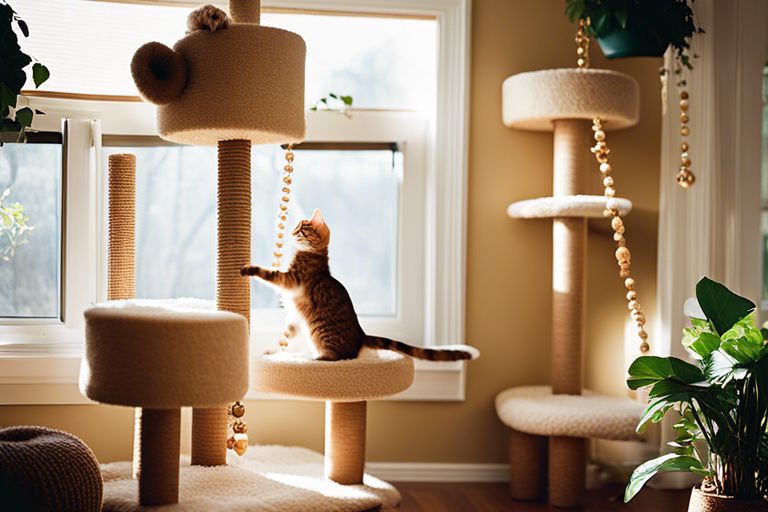There’s no denying the importance of a sturdy and well-built shelter for your livestock. Pertaining to choosing the right materials for your livestock shelter, there are several factors to consider to ensure the comfort, safety, and longevity of your animals’ home. From weather resistance to durability, selecting the appropriate materials is crucial in providing a secure and reliable shelter for your livestock. In this blog post, we will explore the key factors to consider when choosing materials for your livestock shelter to help you make an informed decision for your animals’ well-being. Let’s dive in and discover the best options for your livestock shelter needs.
Assessing Environmental Factors
To ensure the well-being of your livestock and the longevity of your shelter, it is crucial to assess the environmental factors that will impact the structure. Factors such as climate, seasonal variations, and weather extremes must be carefully considered in the planning and design process.
Climate Considerations
With livestock shelters, it is vital to consider the climate of your region. Different types of livestock thrive in specific climates, so it is important to choose materials that can withstand the conditions while providing adequate insulation and ventilation. Factors such as temperature, humidity, and precipitation levels will determine the materials best suited for your shelter.
Seasonal Variations and Weather Extremes
Factors such as seasonal variations and weather extremes can have a significant impact on the performance and durability of your livestock shelter. This includes hot summers, cold winters, strong winds, heavy rain, and snow loads. It is crucial to choose materials that can withstand these conditions to ensure the comfort and safety of your livestock throughout the year.
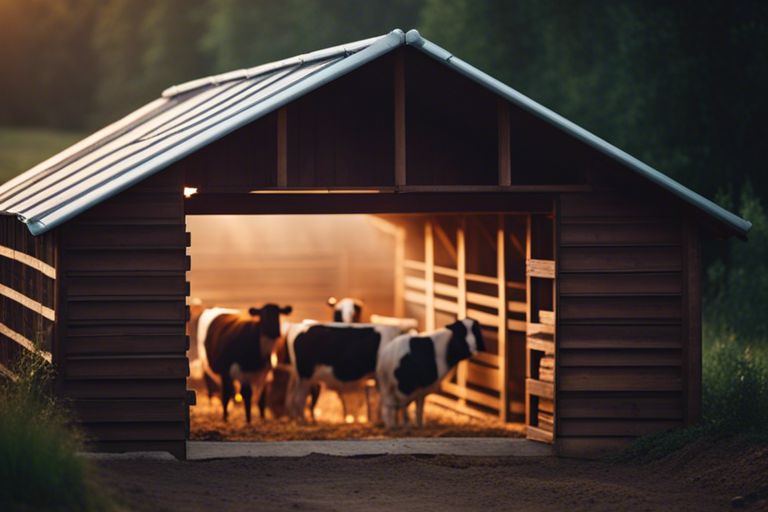
Material Choices for Livestock Shelters
Wood Structures: Pros and Cons
For those considering wood structures for their livestock shelter, it is crucial to weigh the pros and cons before making a decision. Here is a breakdown of the advantages and disadvantages of using wood as a building material:
| Pros | Cons |
| Durable | Requires regular maintenance |
| Natural insulator | Prone to rot and decay |
| Easy to work with | Can attract pests |
Metal Constructions: Benefits and Drawbacks
To explore metal constructions as an option for your livestock shelter, let’s investigate into the benefits and drawbacks. Metal structures offer durability and strength, but they also come with their own set of considerations.
A popular choice for those looking for a robust and long-lasting option, metal constructions are known for their resistance to pests and rot. However, they can be prone to corrosion over time if not properly maintained. Additionally, metal structures may not provide as much insulation as wood or fabric buildings, so this factor should be taken into account when deciding on the material for your livestock shelter.
Fabric and Tarp Buildings: Flexibility and Limitations
Buildings constructed with fabric and tarp materials offer a unique set of advantages and limitations for livestock shelters. These structures provide flexibility in terms of design and can be a cost-effective option for temporary or seasonal shelter needs.
However, it is necessary to note that fabric and tarp buildings may not offer the same level of durability and protection as wood or metal structures. They are susceptible to damage from harsh weather conditions and may require more frequent repairs or replacements compared to other materials. Careful consideration of the intended use and lifespan of the shelter is crucial when opting for fabric and tarp buildings for your livestock.
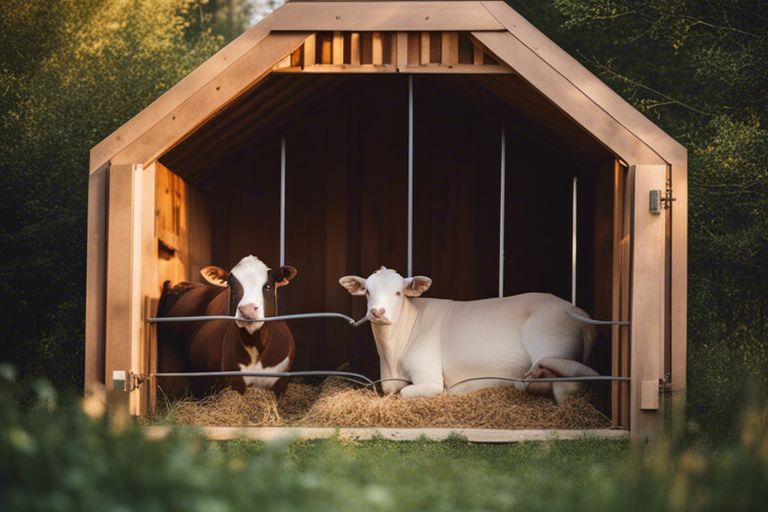
Durability and Maintenance
Longevity of Different Materials
Durability is a crucial factor to consider when choosing materials for your livestock shelter. Some materials, such as metal or treated wood, have a longer lifespan and can withstand harsh weather conditions better than others. Metal structures are highly durable and can last for decades with proper maintenance, making them a reliable choice for long-term use. Treated wood can also be a good option as it resists rot and decay, extending its lifespan significantly.
Ease of Repair and Maintenance Requirements
In the context of maintenance, certain materials require more care than others. Metal structures typically have low maintenance requirements, requiring occasional inspections for rust or corrosion. On the other hand, wood structures may need more frequent maintenance, such as sealing or painting to prevent rotting or insect damage. When repairs are needed, metal structures are often easier to fix due to their modular nature, while wood structures may require more time and effort for repairs.
This subsection emphasizes the importance of choosing materials that not only offer durability but also have manageable maintenance requirements. Proper maintenance ensures the longevity of your livestock shelter and helps prevent costly repairs in the long run.
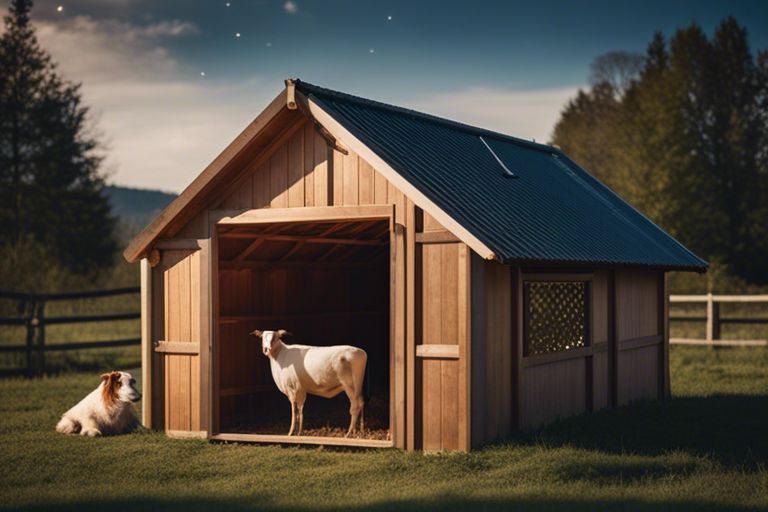
Enhancing Livestock Comfort and Safety
Insulation and Ventilation Solutions
For livestock shelters, proper insulation and ventilation are crucial for maintaining a comfortable and safe environment for your animals. Insulation helps to regulate the temperature inside the shelter, keeping it warm in the winter and cool in the summer. Good ventilation ensures that fresh air circulates, reducing moisture buildup and preventing respiratory issues. Consider using materials like foam board insulation and adjustable vents to provide optimal insulation and ventilation for your livestock.
Non-Toxic and Animal-Friendly Materials
Ventilation is necessary in livestock shelters to ensure that harmful gases and odors are properly ventilated, reducing the risk of respiratory issues for your animals. Choose non-toxic materials for constructing your shelter to prevent any harmful chemicals from leaching into the environment and affecting your livestock. Opt for materials like untreated wood, natural fibers, and metal roofing to create a safe and healthy living space for your animals.
Plus, using animal-friendly materials not only ensures the health and safety of your livestock but also promotes sustainability and eco-friendliness in your shelter design. By choosing materials that are non-toxic and biodegradable, you are creating a more environmentally conscious and responsible living space for your animals.
Final Words
So, when it comes to choosing the right materials for your livestock shelter, it’s crucial to consider factors such as durability, insulation, and cost. By selecting materials that provide proper protection from the elements and offer a comfortable environment for your animals, you can ensure the well-being and safety of your livestock. Whether you opt for traditional options like wood and metal or more innovative solutions like plastic or fabric, make sure to prioritize the needs of your animals and the longevity of your shelter. With the right materials in place, you can create a shelter that not only meets the needs of your livestock but also stands the test of time.
FAQ
Q: Why is it important to choose the right materials for your livestock shelter?
A: Choosing the right materials for your livestock shelter is crucial as it directly impacts the well-being and safety of your animals. The right materials can provide adequate protection from the elements and create a comfortable environment for your livestock.
Q: What are some key factors to consider when selecting materials for a livestock shelter?
A: When choosing materials for a livestock shelter, consider factors such as durability, insulation, cost, maintenance requirements, and the specific needs of your animals.
Q: What are some common materials used for livestock shelters?
A: Common materials used for livestock shelters include wood, metal, concrete, and fabric. Each material has its own advantages and considerations based on factors such as climate, budget, and intended use.
Q: How does the climate impact the choice of materials for a livestock shelter?
A: Climate plays a significant role in determining the materials for a livestock shelter. For example, areas with harsh winters may require better insulation, while regions with high humidity may need materials that resist mold and mildew.
Q: What are the advantages of using wood for a livestock shelter?
A: Wood is a popular choice for livestock shelters due to its natural insulation properties, aesthetic appeal, and versatility. It can be easily customized and provides a comfortable environment for the animals.
Q: What are the considerations when using metal for a livestock shelter?
A: Metal is durable and long-lasting, making it suitable for livestock shelters in areas prone to harsh weather conditions or predators. However, metal can also conduct temperature, so insulation may be needed in extreme climates.
Q: Are there sustainable options for materials in livestock shelters?
A: Yes, there are sustainable options for materials in livestock shelters such as recycled materials, bamboo, or reclaimed wood. These options not only reduce environmental impact but also provide a natural and eco-friendly shelter for your livestock.
